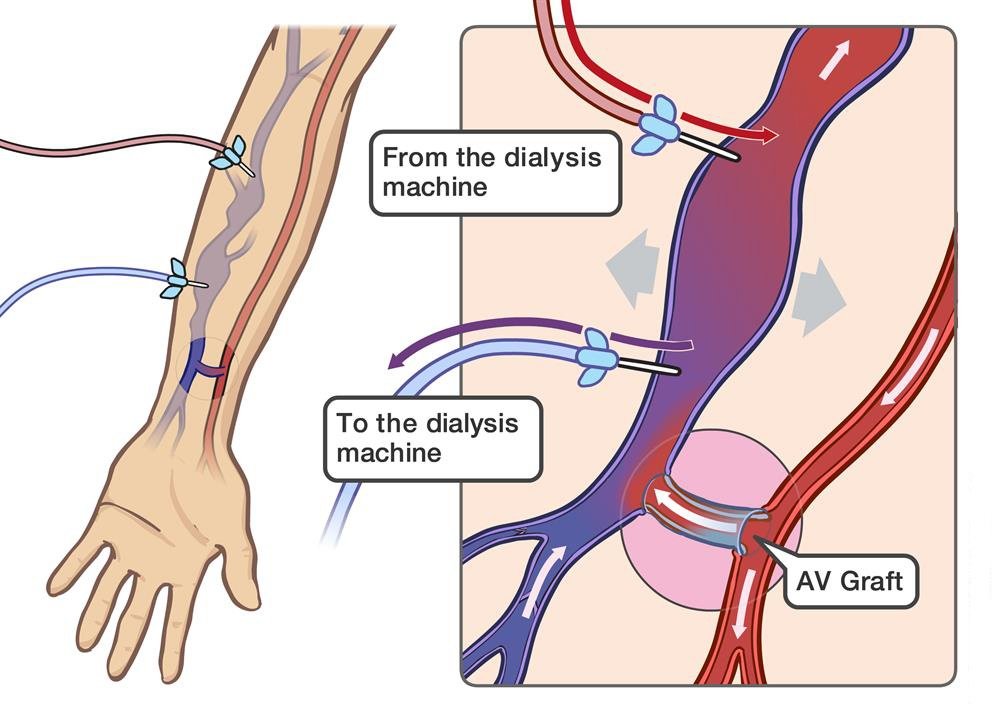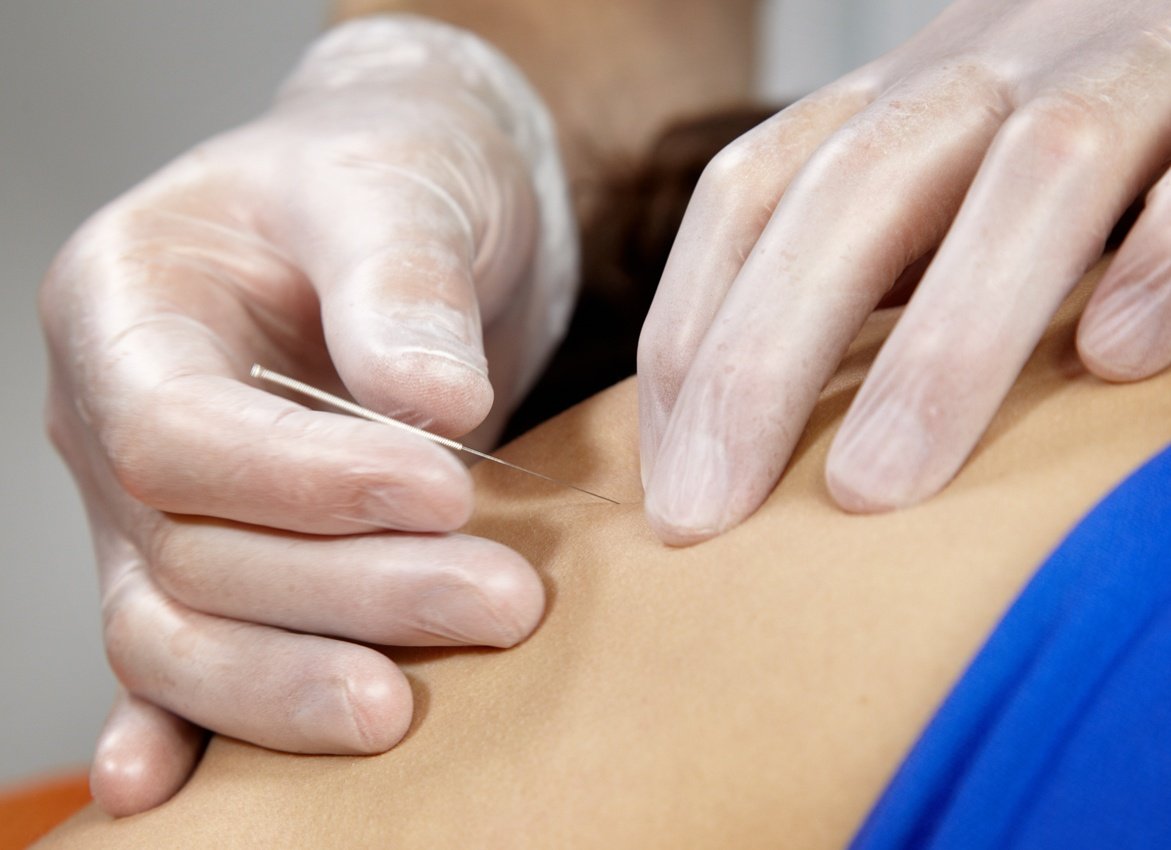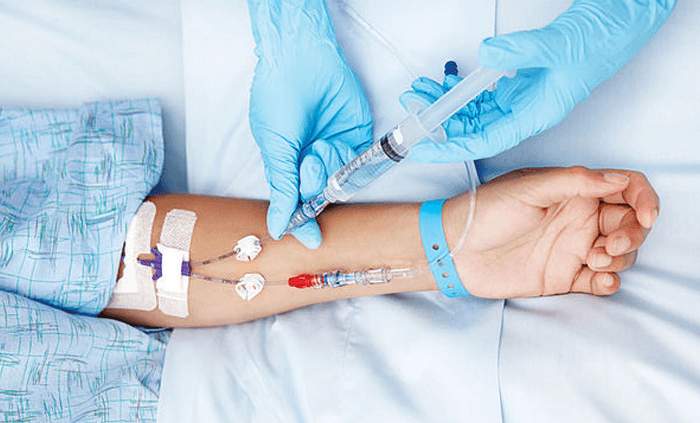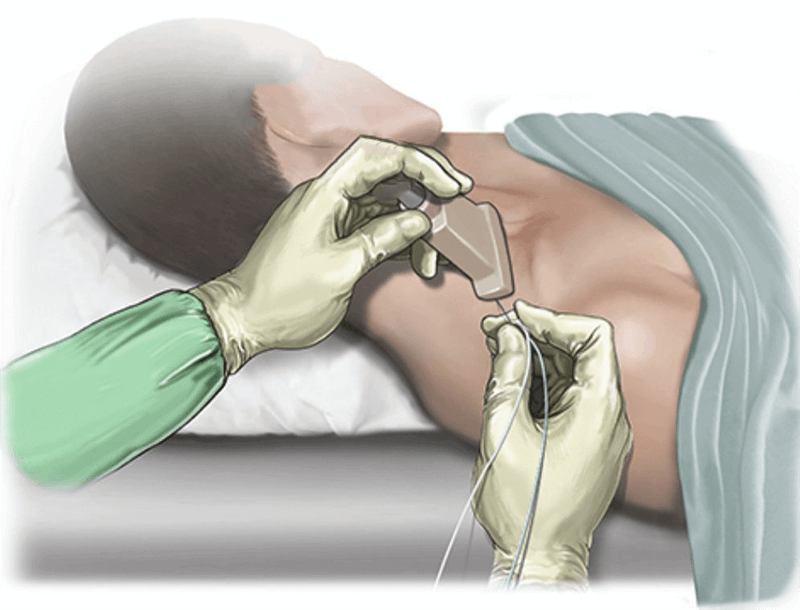
Hemodialysis Catheters
Insertion of percutaneous hemodialysis catheters is an invasive procedure with a small but definite risk of morbidity and mortality. Which ultrasound scanner is most suitable for hemodialysis? Our doctor clients tend to opt for the SIFULTRAS-3.5 which offers real-time ultrasound guidance. Even in experienced hands, “the success rate for placement








